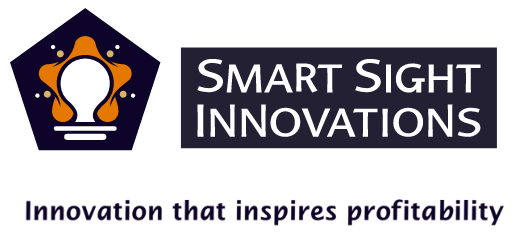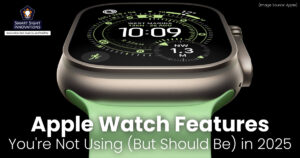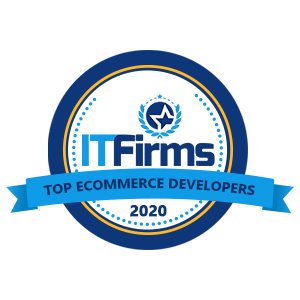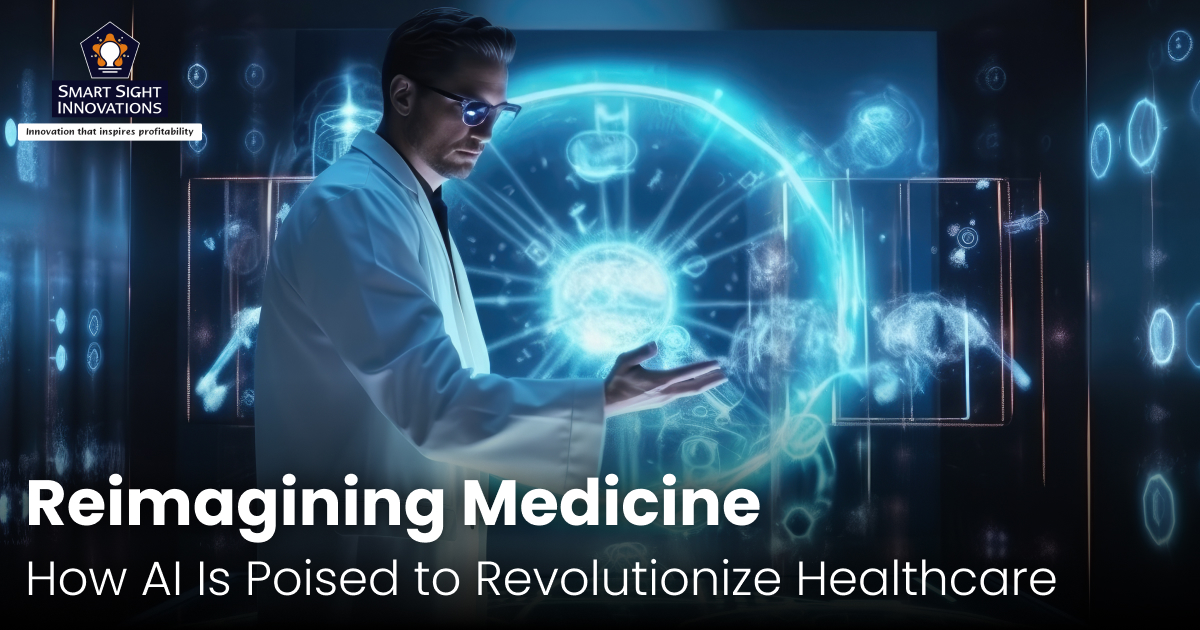
Artificial intelligence has made astonishing progress in recent years, and according to Demis Hassabis, CEO and co-founder of DeepMind, major breakthroughs are just around the corner, thanks to the convergence of advanced AI models, computer vision, and real-world learning. He believes that the integration of AI into physical systems, what experts call embodied intelligence, is about to enter a transformative phase.
While AI models like OpenAI’s GPT-4 have already reshaped our digital capabilities in science and language, the next leap is taking that intelligence into the physical world. “Just like we’ve seen language models become incredibly capable, we’re going to see robots learn and generalize using those same models,” Hassabis has said in multiple interviews. He emphasizes that robotics has long been limited by the challenge of transferring intelligence from simulation to reality. Below are some AI releases in 2025 that could transform healthcare.
1. Astra in Eyeglasses

One compelling example of AI in the health sector is Astra, that exemplifies how wearable technology can go beyond convenience to deliver meaningful healthcare benefits, particularly in diagnostics and assistance for the visually impaired. It is an AI-driven platform embedded into smart eyewear, designed to assist users with real-time health-related insights.
The glasses typically feature integrated sensors, a camera, and connectivity to a cloud-based AI system. Astra uses computer vision, natural language processing, and machine learning to analyze what the user sees and hears, providing spoken or visual feedback. Some of its key health applications are:
-
Assistance for the Visually Impaired
Astra can identify objects, read text, recognize faces, and describe surroundings, enabling visually impaired users to navigate daily life with more independence.
-
Cognitive Health Monitoring
AI can monitor speech patterns, eye movement, and reaction times to detect early signs of neurological disorders like Alzheimer’s or Parkinson’s disease.
-
Vital Sign Monitoring
Some models include sensors to measure heart rate, temperature, or eye movement patterns, offering early warnings of stress or fatigue.
-
Telemedicine Support
The glasses can live-stream what the user sees to a healthcare provider, enabling remote diagnostics and virtual consultations.
-
Medication Reminders and Alerts
Integrated AI systems can remind users when to take medication and recognize pills through visual input, reducing human error.
Some potential applications are:
- Astra can guide users with real-time directions, overlaying information onto their field of view.
- The AI can translate conversations on the go, making communication across languages seamless.
- Astra can provide explanations, identify objects, and assist in learning environments.
Astra, when embedded in smart eyeglasses, can dramatically enhance the independence of visually impaired users by acting as an AI-powered assistant. For instance, while shopping in a grocery store, a user wearing Astra-enabled glasses can receive real-time guidance through voice prompts as the system identifies their surroundings using computer vision.
As they approach the produce section, Astra announces items like “apples to your right” or “oranges ahead.” If the user picks up a can, the glasses can scan the label and read it aloud, “Campbell’s Tomato Soup, best before August 12, 2025”, using optical character recognition (OCR).
Additionally, Astra can access online databases to provide nutritional details and pricing, while offering step-by-step voice directions to locate other items. Beyond navigation, the system monitors the user’s vital signs and movement for signs of fatigue or distress, prompting a health alert if needed.
This seamless blend of AI, real-time feedback, and health monitoring illustrates how Astra transforms everyday tasks into accessible, safe, and empowering experiences.
2. Drug Discovery
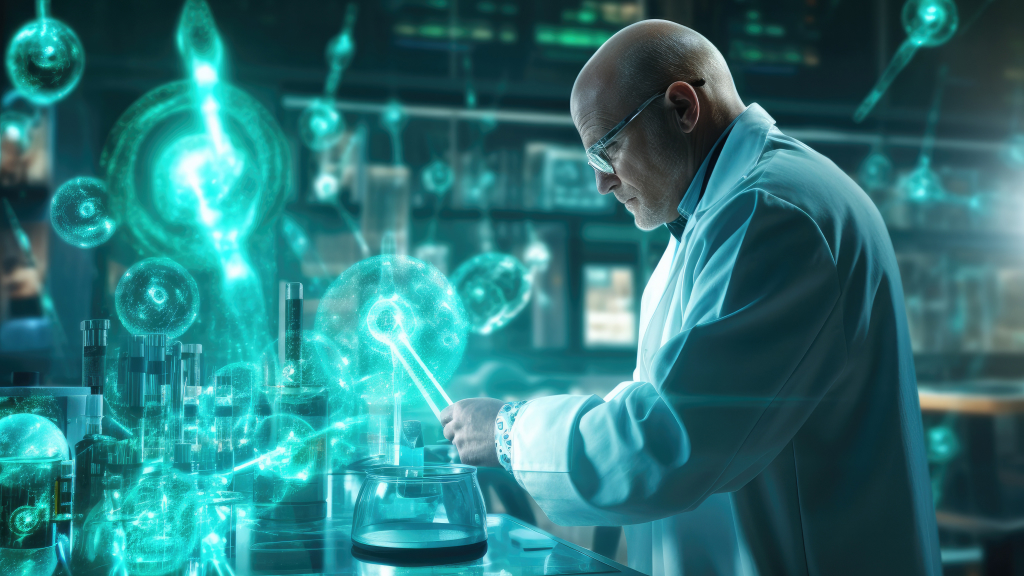
AI is revolutionizing drug discovery by making the process faster, more efficient, and cost-effective. Here are some key benefits:
-
Accelerated Drug Development
It can analyze vast datasets to identify potential drug candidates in a fraction of the time it takes traditional methods.
-
Improved Accuracy
Machine learning models enhance precision in predicting molecular interactions, reducing errors in drug design.
-
Cost Reduction
AI-driven drug discovery minimizes expensive trial-and-error procedures, cutting development costs significantly.
-
Target Identification
It helps researchers pinpoint biological targets for new drugs, improving the chances of successful treatments.
-
Personalized Medicine
It enables tailored drug development based on individual genetic profiles, leading to more effective therapies.
-
Repurposing Existing Drugs
It can identify new uses for existing medications, speeding up treatment availability.
These advancements are revolutionizing pharmaceutical research, making drug discovery more efficient and accessible.
3. Radical Abundance

Radical abundance is a concept that envisions a future where goods, services, and knowledge are available in plentiful, affordable, and accessible forms for everyone. By automating complex processes and solving large-scale problems faster than ever before, AI has the potential to unlock an era of efficiency, equity, and innovation across all sectors, especially healthcare.
In the health sector, radical abundance means more than just technological advancement, it implies a fundamental shift in access and outcomes. With AI-driven tools, medical diagnostics can be made faster, more accurate, and more widely available, even in remote or underserved areas. Diseases can be detected earlier, and treatments tailored precisely to individual needs using predictive analytics and personalized medicine.
Most importantly, radical abundance in healthcare could eliminate barriers to quality care, making once-expensive services more affordable and scalable. This would allow healthcare systems to shift from reactive treatment to preventive, proactive care, improving overall public health.
4. Protein Breakthrough
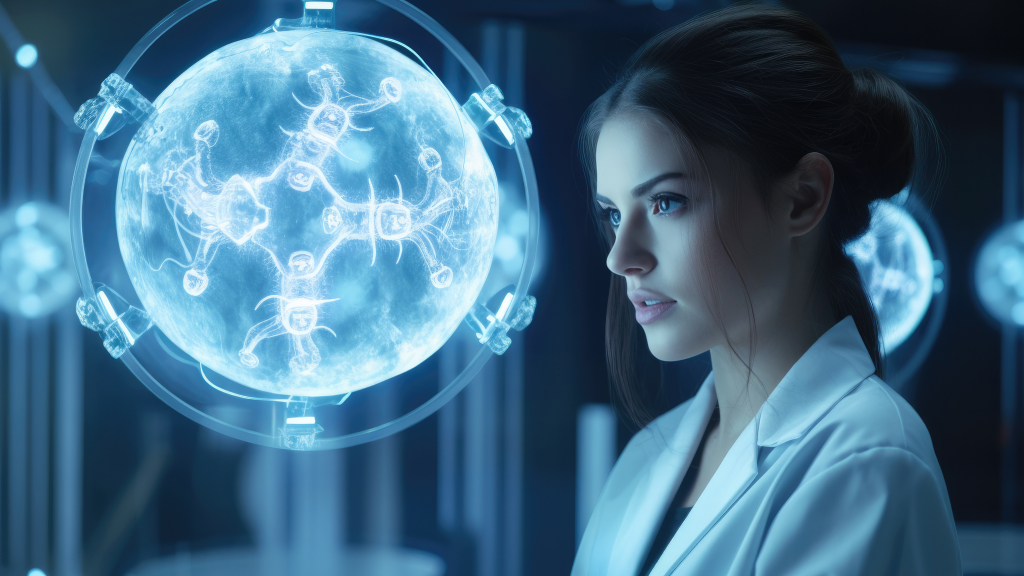
AI is reshaping the healthcare landscape in profound ways, and one of the most significant breakthroughs in recent years comes from Demis Hassabis. His team’s development of AlphaFold, an AI system that can accurately predict the three-dimensional structure of proteins, marks a turning point in biology and medicine. This breakthrough not only solves a scientific challenge that has persisted for decades but also opens new frontiers in drug discovery, disease research, and personalized healthcare.
Proteins are essential molecules that perform a vast range of functions within living organisms. They are made up of chains of amino acids that must fold into precise three-dimensional shapes to function correctly. Misfolded proteins are associated with many diseases, including Alzheimer’s, Parkinson’s, and cancer. For over 50 years, scientists have struggled to determine how a protein’s sequence dictates its folded shape, a problem known as “the protein folding problem.”
Solving this puzzle is crucial because the shape of a protein determines how it interacts with other molecules. Traditional methods such as X-ray crystallography and cryo-electron microscopy, while accurate, are time-consuming and expensive, often taking years to decipher a single protein’s structure.
With AlphaFold, scientists can now visualize the exact shape of proteins that play key roles in health and disease. This enables researchers to see, at the molecular level, how diseases like COVID-19, cancer, or genetic disorders attack healthy cells. For example, knowing the structure of a viral protein allows for the design of more precise antiviral drugs or vaccines.
5. Robotics
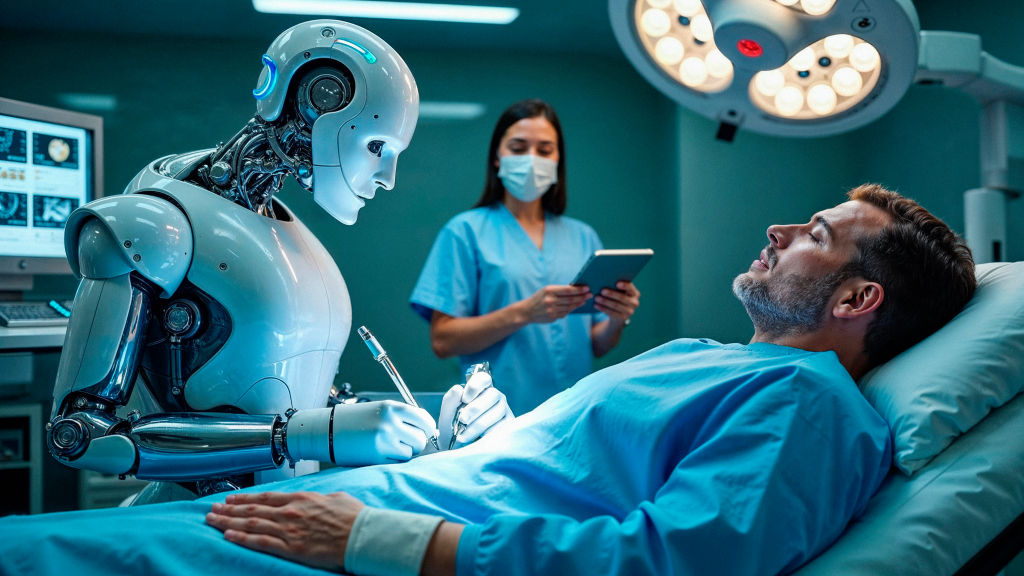
Demis Hassabis believes that robotics is on the verge of a major breakthrough, and one of the most promising areas for its impact is the healthcare sector. As AI becomes more advanced, Hassabis envisions robots evolving from rigid, task-specific machines into adaptive, intelligent assistants capable of supporting both patients and healthcare professionals in meaningful ways.
The convergence of large AI models, computer vision, and motor control is enabling robots to better understand and interact with their environments. These advances allow robots to perform delicate, complex tasks that were once only possible for humans, such as assisting in surgery, helping elderly patients with mobility, or monitoring vital signs in real time.
With the integration of powerful AI, robots in healthcare will not only be able to execute commands but also learn from experience, adapt to new tasks, and even interpret contextual information like a patient’s emotional state or tone of voice. This opens the door to personalized care, especially in eldercare and rehabilitation, where human-like responsiveness can make a major difference.
In the near future, as predicted by Hassabis, we could see intelligent healthcare robots become essential partners in delivering faster, more precise, and compassionate medical care.
